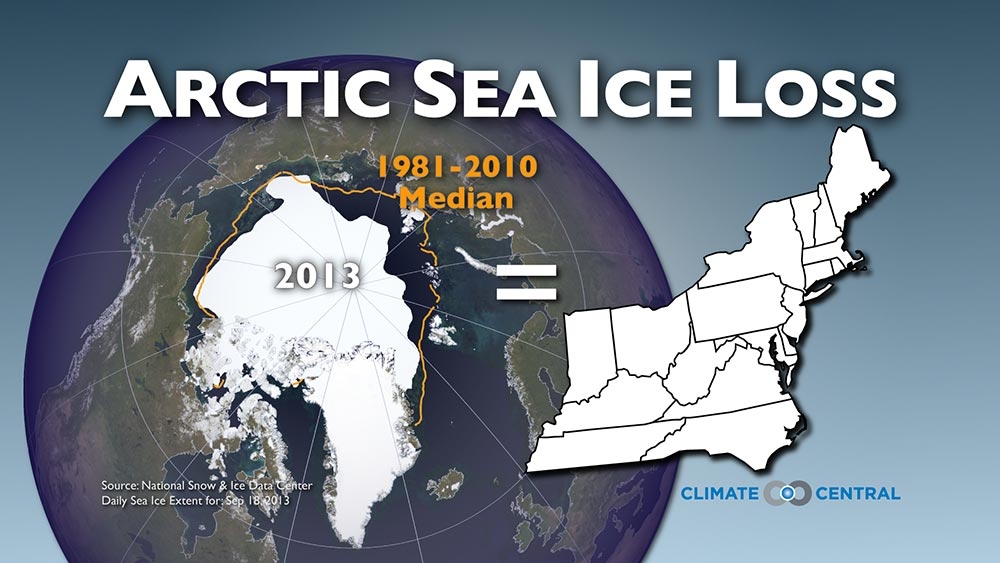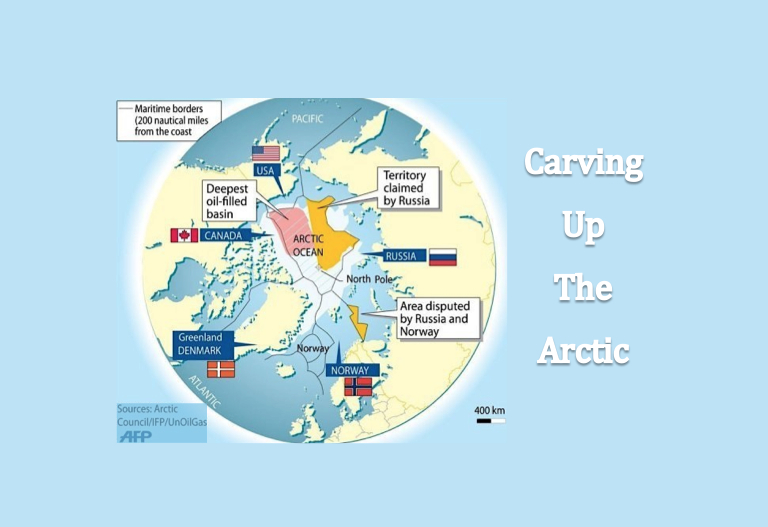It’s a chilling reality: The Arctic is particularly vulnerable to global warming. Temperatures in the ‘Ocean of Ice’ are rising twice as fast as the rest of the world. As a result, sea ice is rapidly thawing, causing no small concern to science and citizens alike. During the 2013 melt season, in fact, the Arctic lost ice equal to the geographic area of US states from Tennessee to Maine.


